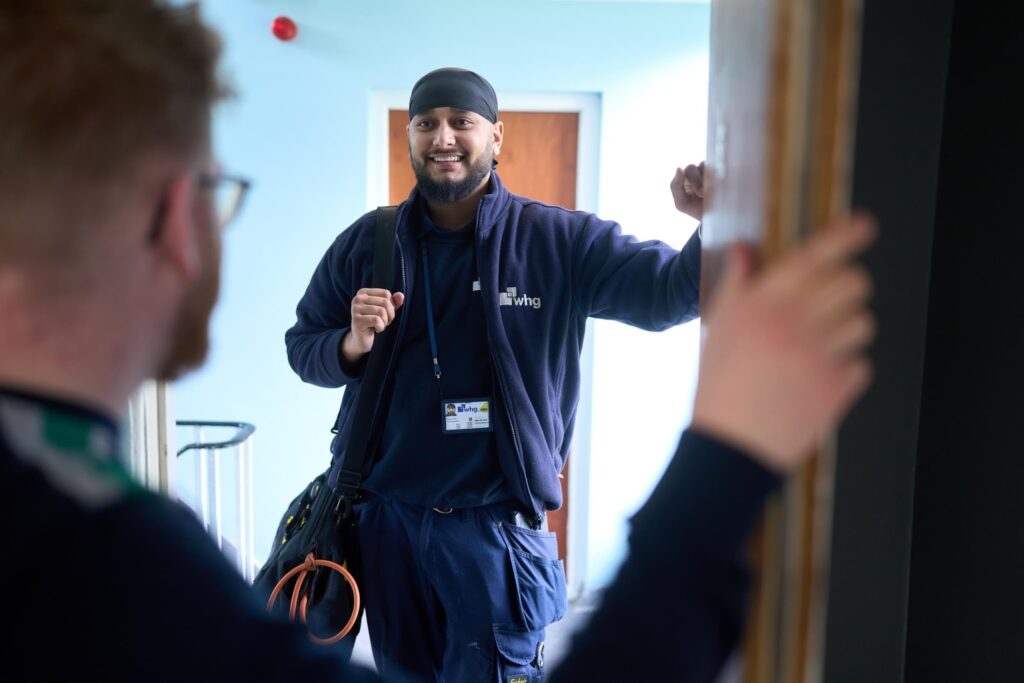Call the Midwife was first aired by the BBC in 2012 and is now into its thirteenth series. The narrative arc of each episode may be predictable, but the female-centred storylines remain compelling and something of a rarity. Not to mention the bicycles used for home visits. Set in East London’s Poplar district, the programme is as much about place as about people. Often, it’s the living conditions of expectant mothers that cause or exacerbate problems with pregnancy, birth or aftercare. The parallels with contemporary manifestations of Beveridge’s giant evils are clearly implied, but so are the community-based solutions.
There’s no hiding from the message of episode 2 of series 13, set in the late 1960s. A mould-ridden council flat leads to the hospitalisation of one child and renders home-birth for another out of the question. Multiple complaints to the council have achieved precisely nothing. Pregnant cleaner Edna, who doesn’t feel sufficiently “deserving” of the benefits to which she is entitled, is instructed by the Housing Department to paint over the black spores. Which have spread to her toddler’s mattress. Midwife Sister Veronica tries to alert the local chief medical officer but has yet to get past administrative gatekeeping.
It’s 2024 in real life, and amendments made to the Social Housing Regulation Bill (enacted July 2023) require social landlords to address reported health hazards within specified timeframes. There is additional guidance for councils on their duty to review conditions in the private rented sector. The law is expected to come into force this year, although, shockingly, it has been reported that accommodation for asylum seekers will be exempt. It’s been named Awaab’s Law after a two year old from Rochdale who died in directly comparable circumstances to those depicted in the television series. Meanwhile, England’s Housing Ombudsman has been driven to call for an independent royal commission and the re-establishment of “housing policy as a health intervention”. He talks about a system in crisis due to multiple poor policy decisions and an incoherent spending strategy together hampering councils’ capacity to act.
So what else can we take from Call the Midwife beyond nostalgia and the promise of a brand new Barbican Estate flat for two of the, albeit more affluent, characters? First, it’s made clear that social networks – family, friends, neighbours – are an essential ingredient for wellbeing as well as raising the alarm and acting as advocates when things go wrong. Second, community-based services and primary care are best placed to respond to a person’s needs, based on local knowledge and insight gained from long-term relationships with an individual and the neighbourhood in which they live. Third, health is overwhelmingly determined by social and environmental factors – of which housing is probably the most fundamental. Fourth, an approach to health which integrates all of the above is most likely to succeed.
With this in mind, I am looking forward to the next event of the Health and Housing Impact Network I jointly run with Hannah Gibbs from Future of London (funded by progressive health charity Impact on Urban Health). On 7th February, we will be hearing about successful work from around the country, involving the NHS, local authority and community partners collaborating in different ways to mainstream housing, health and care integration at all levels. There is some excellent practice out there. We should celebrate it, and demand the same for everyone, everywhere.
You can read more about the event and register here.
Photograph courtesy of Walsall Housing Group.



